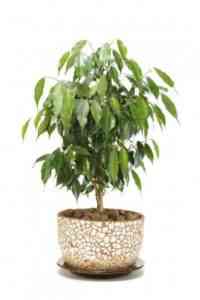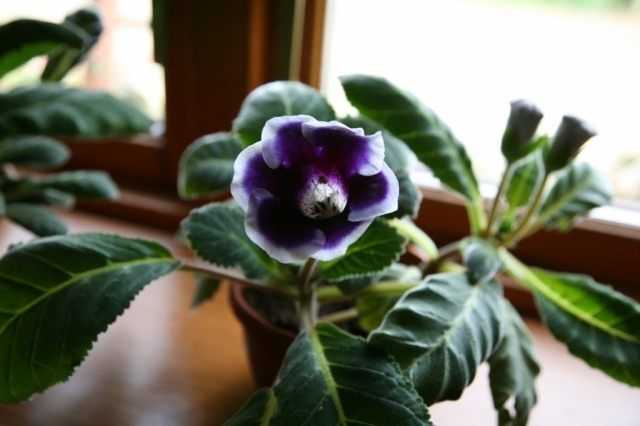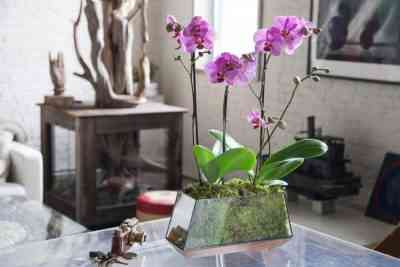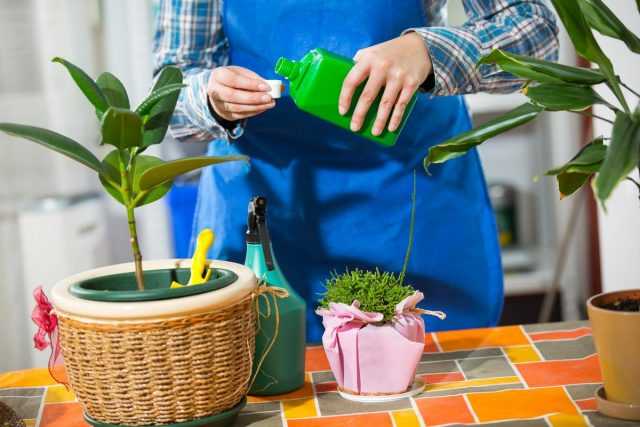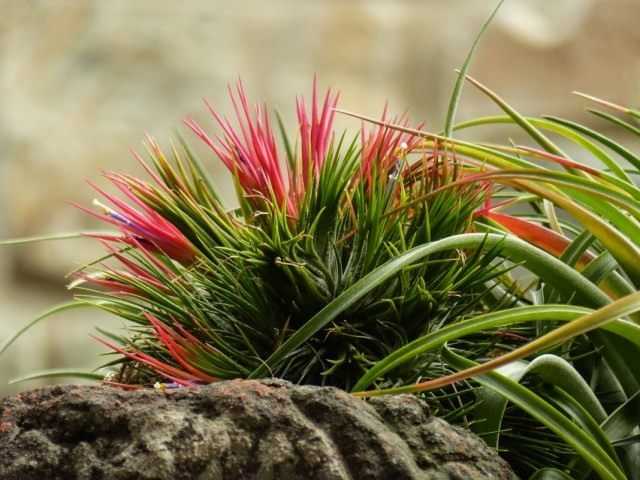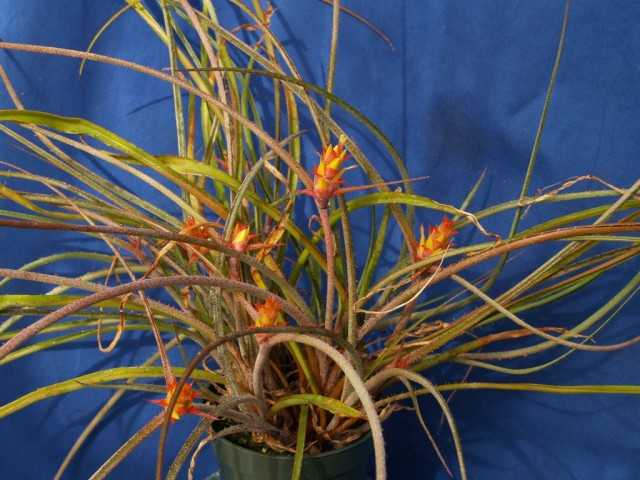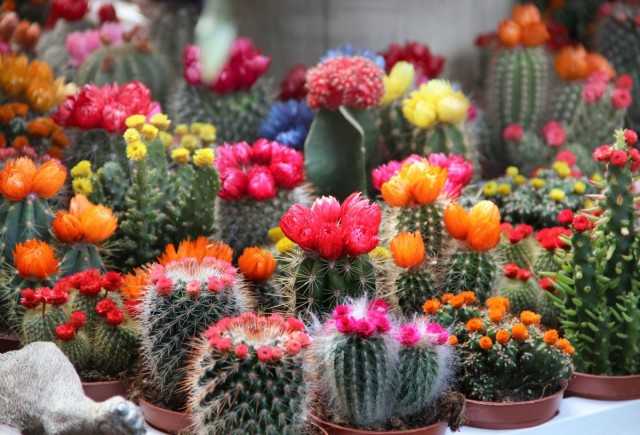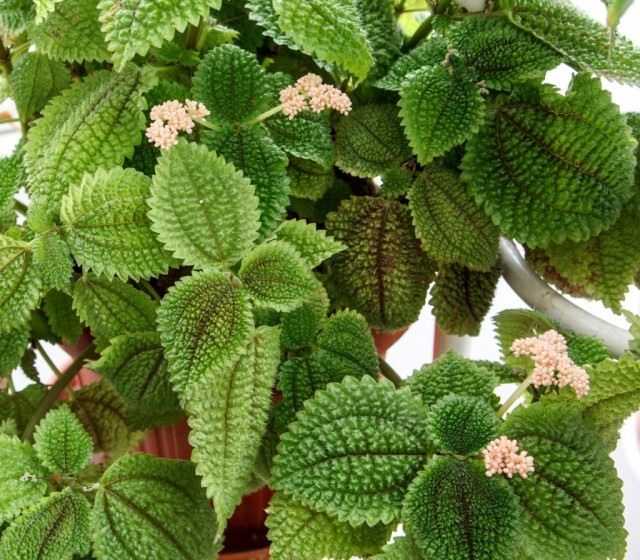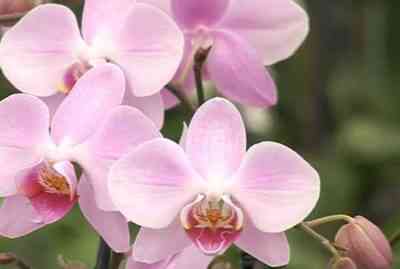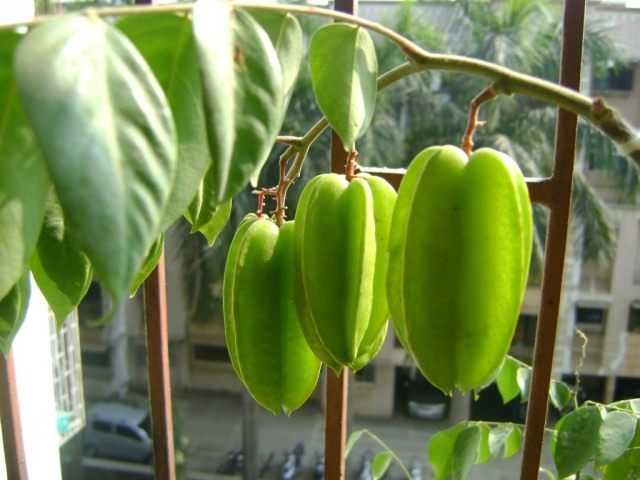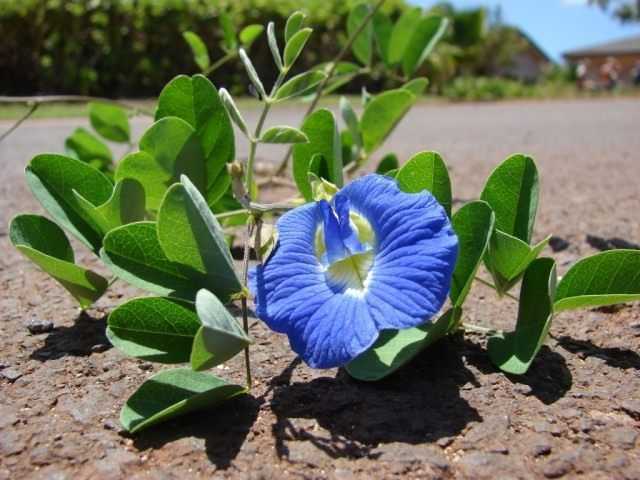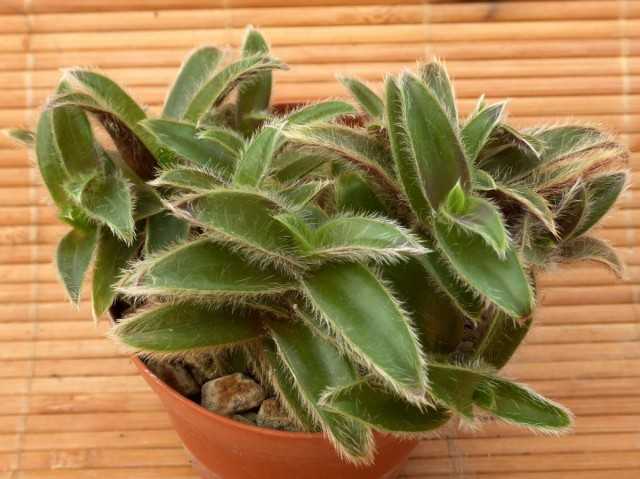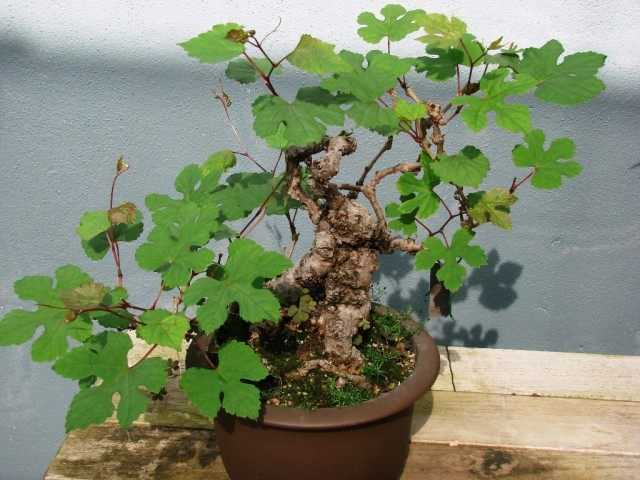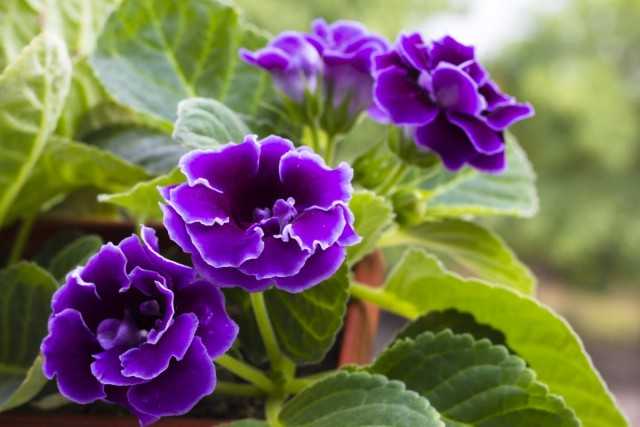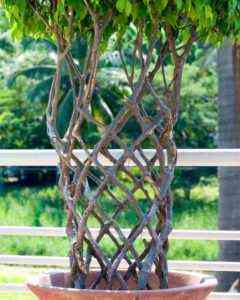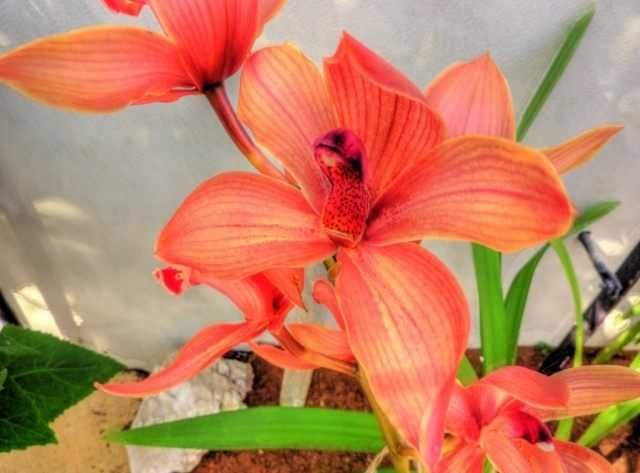Canarina canary is a magnificent climbing plant that is ideal for a cold greenhouse, where it will bloom in winter. Tie the stems of the plant to a wire or other support about 1,2-1,5 m high. This is a deciduous climbing or creeping plant that dies off annually, and grows back from the tuber with the onset of autumn. The homeland of this species is the Canary Islands.
Canarina, or “Canarian bell”. Farmer Burea-Uinsurance.com Rafael Vilela
Contents:
Description of the canary
The reddish succulent curly stalks of Canary canary are covered with serrated, blue-green, triangular leaves. Stems can reach up to 3 m in length, but they are usually shorter – from 1,2 to 1,5 m.
The large, bell-shaped flowers of the canarin can be yellow to orange and dark red-orange with dark veins. Flowers appear from late autumn to winter. Each flower reaches 6-8 cm in length. After flowering, edible oval, fleshy berries about the size of a walnut appear on the plant. The berries are red-orange at first, and as they ripen, they turn black.
After the end of flowering, the stems and leaves of the canarina gradually turn yellow, and the plant dies off until mid-summer and goes into a dormant stage. In the fall, when the temperature drops, the tubers give rise to new stems.
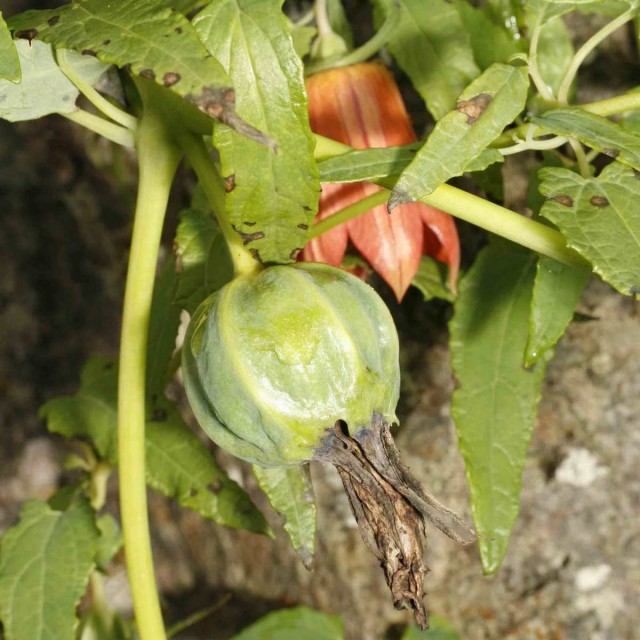
Canary care
Canarina Canarya has an atypical growth cycle and therefore needs careful maintenance throughout the year. It is especially important to keep the plant on a cool veranda or in a cool greenhouse. Canary canary grows well in fertile, clayey soil. Plant it in a large flower pot. Tubers are transplanted every 2-3 years when they become large.
In the fall, when Canary canary is starting to grow, start watering it more intensively. Water the plant more and more as it grows, but make sure that moisture does not stagnate in the soil. Give the plant a temperature of around 7 ° C to encourage it to grow. During active growth, feed the Canary Canary with fertilizers diluted in water once every 2-3 weeks. After the flowers wither and the leaves begin to turn yellow, limit watering until the plant is completely dry in summer.
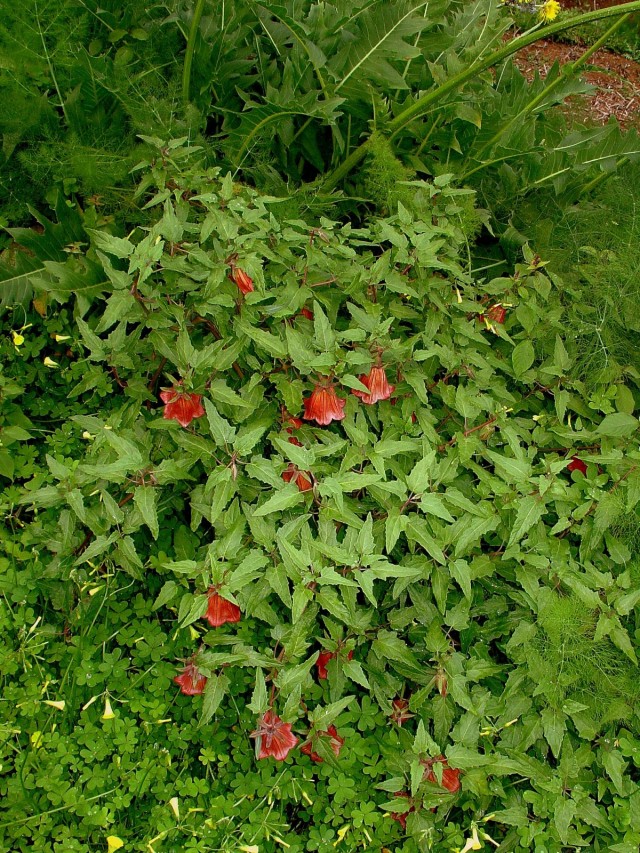
Reproduction of canarin
In May, June or July, sow Canarya Canarya seeds one by one to a depth of 3 mm in small flower pots with a diameter of 6 cm. Use a permeable, clayey soil to plant the seeds as a suitable soil. If you sow the seeds before May, there is a better chance that the plant will bloom in the same year. Pour the canarin from the bottom, make sure that excess moisture drains out of the pot and keep the plant at a temperature of 15 ° C at night and 25 ° C during the day.
Due to such a large temperature difference, canarin seeds will germinate faster, although a similar effect can be achieved if the temperature is 22 ° C around the clock. Place the flowerpots in a greenhouse or cover them with plastic wrap with holes for ventilation. Water from below. Seeds germinate in 30-180 days. After germinating the seeds, lower the temperature slightly. Seedlings grow slowly at first, but later a pair of strong leaves quickly develop on them. When the roots of the plant fill the entire pot, transplant.
Canary care
Watering and top dressing
Canary canary from autumn needs more abundant watering. Water the plant just enough to keep the soil moist, but never get too wet. From the end of spring, the soil in the pot should be dry. During active growth, feed the plant with fertilizer diluted in water every 2-3 weeks. Do not feed in summer.
Site Selection
During active growth, canarina should stand in a place illuminated by diffused light. Too much sunlight can damage the delicate leaves of the plant. Insufficient lighting leads to the fact that the stems of the plant are strongly elongated. From autumn to spring, the air temperature should be 7 ° C. In summer, during dormancy, the plant tolerates high temperatures well.
Support the canarina with a tripod of three or five bamboo sticks so that it can climb up. The easiest way to install such a support is if the Canary Canary is growing in a large flower pot with a diameter of 25 cm, which stands stably on the floor. You can also put a pot with this plant next to the ropes stretched along the wall, then the canarina will be an excellent background for bulbous ones.
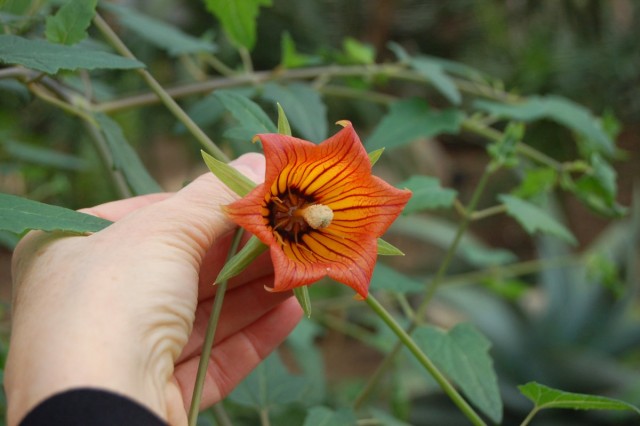
Buying Canary Canary
From mid to late summer, look for canarinas in specialty stores and nurseries; buy seeds at the end of winter. Choose a healthy, strong plant with young stems. After five to six years, we recommend that you renew this plant. Canary seeds are inexpensive.
Possible problems when growing canarin
Snails and slugs
Snails or slugs eat the stems and leaves of plants growing outdoors. These pests affect the stems of plants, even if the pot is above the ground. Use suitable pellets (make sure that children and pets cannot get to them). You can also cover the pots with cling film to prevent pests from reaching the stems and leaves.
Twisted leaves
If in winter the temperature in a room with Canary Canary is too low, then the ends of the leaves of the plant will curl up, and their edges will turn purple. Increase the air temperature, however, it should not be too high, otherwise the plant will quickly fade.
Long stems
If there is not enough sunlight in the Canary Canary during the winter, its stems will stretch out.
